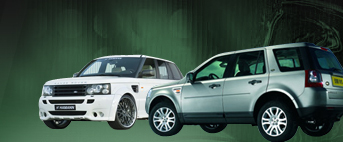Anyone out there running aftermarket pads on your 03 or newer, ie EBC's? It's that time again and I would really rather not shell out the 155 for rear pads from the dealer.
Do after market pads really cause sensor issues as the dealer says? It frustrates me sometimes that such a "capable" vehicle is such a delicate flower sometimes...
thanks in advance for your help.
Do after market pads really cause sensor issues as the dealer says? It frustrates me sometimes that such a "capable" vehicle is such a delicate flower sometimes...
thanks in advance for your help.


